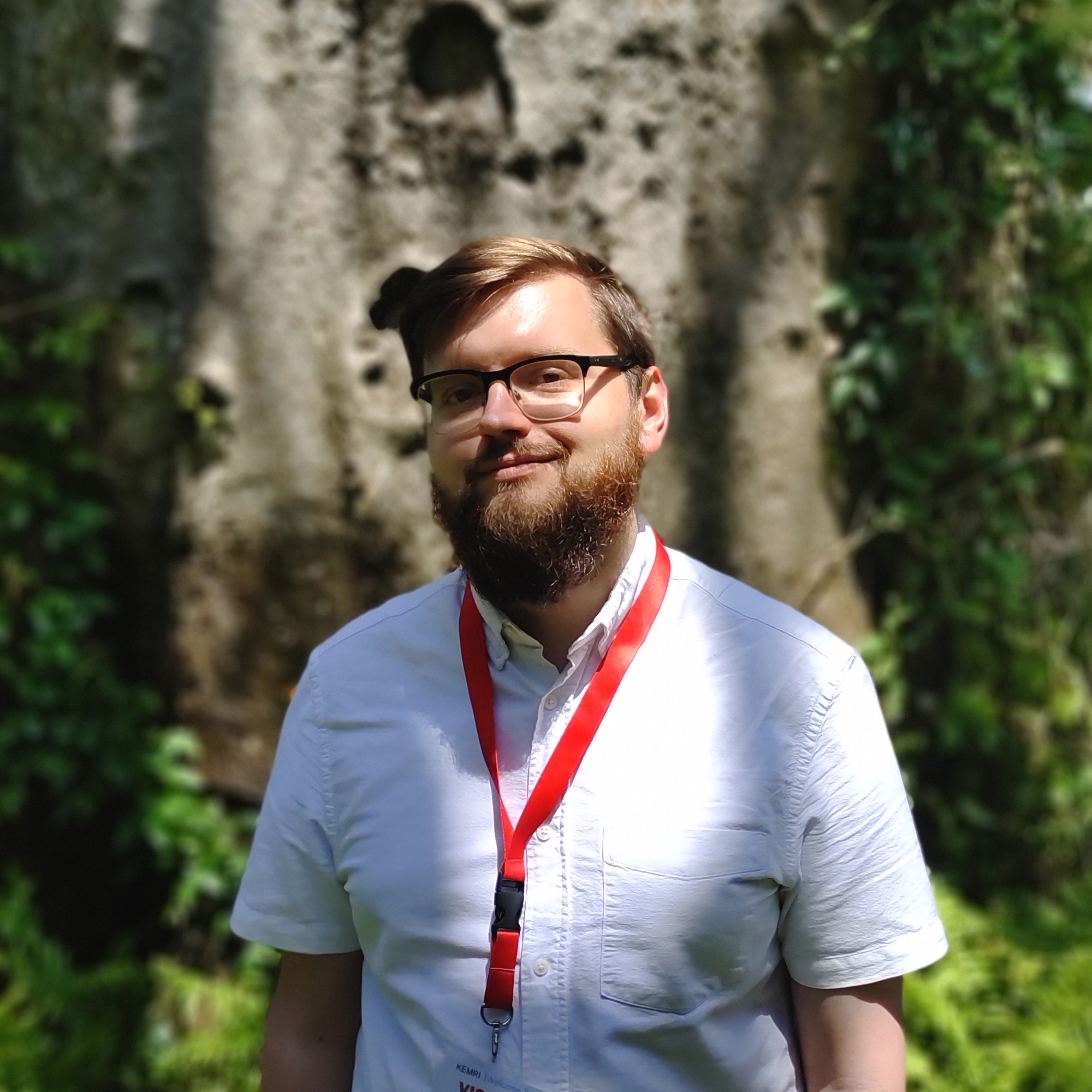Research
My research sits within the broad field of mathematical epidemiology, using mathematics, statistics, and computation to understand patterns of infectious disease transmission and identify effective ways to prevent epidemics or mitigate their impact. Key areas of my work to date are listed below:
Eco-epidemiological modelling of avian influenza in wild birds. Highly pathogenic avian influenza (HPAI) driven by zoonotic transmission from wild and domestic bird populations has the potential to cause major public health emergencies. In this ongoing project we will be using machine learning methods to identify environmental factors associated with influenza incidence in populations of wild birds across Europe, which will in turn allow us to identify locations which are at high risk of animal-to-human spillover.
COVID-19 policy modelling, focusing on the use of age- and household-structured models to understand the impact of non-pharmaceutical interventions. Many of the interventions employed during the COVID-19 pandemic, such as work and school closures, acted to minimise the spread of infection between households. I developed a model which explicitly accounted for the transmission of infection at the within- and between-household levels, and worked with colleagues in academia and industry to create a software implementation which could efficiently simulate the impact of interventions at both of these levels. We were particularly interested here in answering questions relating to exemptions to and relaxations of lockdown measures: how effective is a lockdown likely to be if we allow for support bubbles? How disruptive is a temporary relaxation of lockdown rules for an event such as Christmas likely to be?
Analysis of new and emerging infections such as Ebola and MPox using branching processes. The early phases of epidemics are characterised by high levels of variability in person-to-person spread, leading to “superspreader” events where a small number of cases are responsible for a disporportionately large number of downstream infections. Branching processes are a relatively flexible class of models which allow for this type of variation, and during my PhD I used data from historical outbreaks to identify specific branching process models which could give accurate and parsimonious descriptions of these outbreaks.
Household-structured models of endemic childhood infections such as measles and mumps. When modelling epidemics on short timescales, we often ignore demographic factors and assume a static population, but in the context of endemic infections there can be complex interactions between demographics and epidemiology. By developing a mathematical model of infectious disease transmission within households which evolve through standard life events such as births, deaths, and partnership, we can show that in populations with differing demographies identical pathogens can produce very different dynamics.
